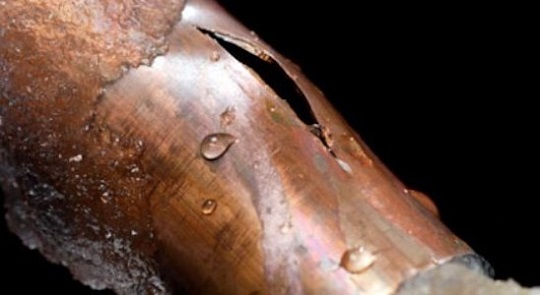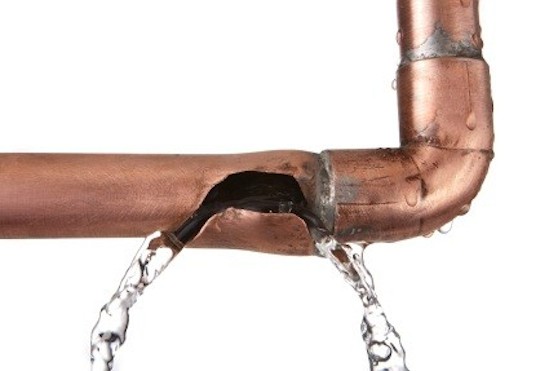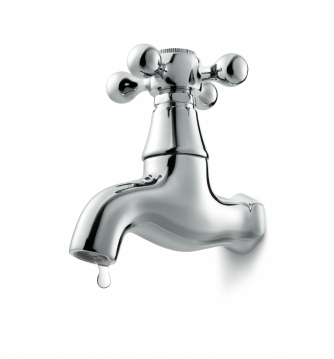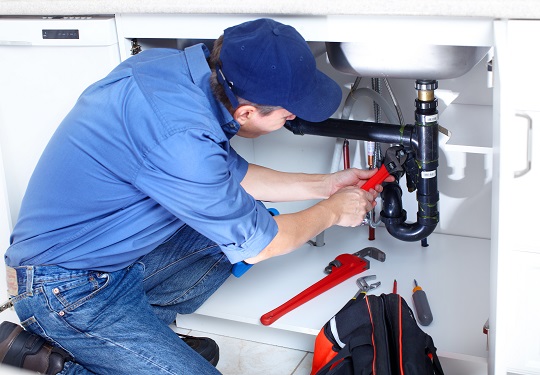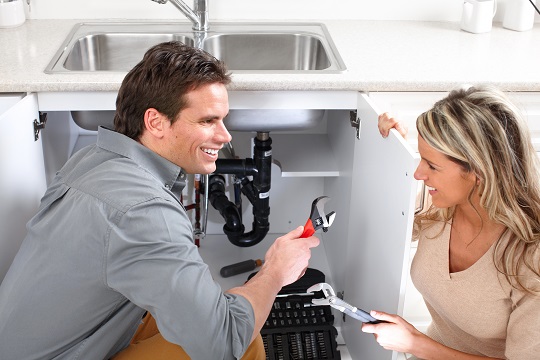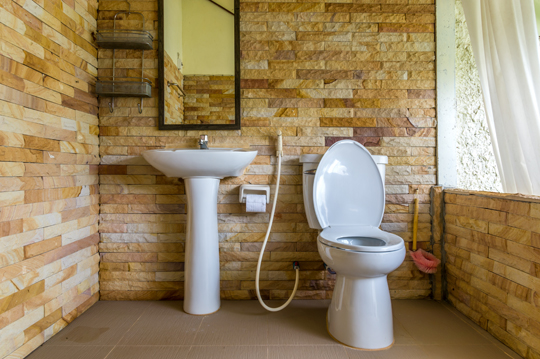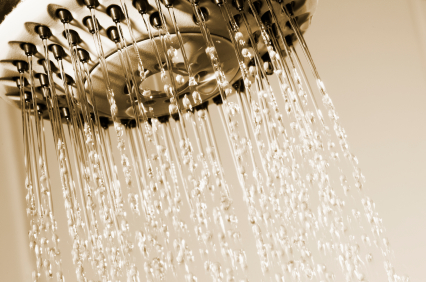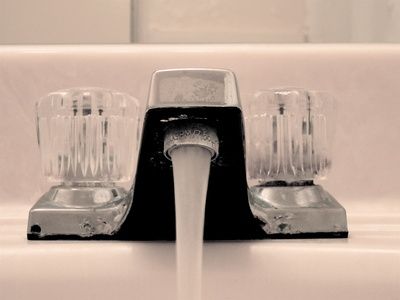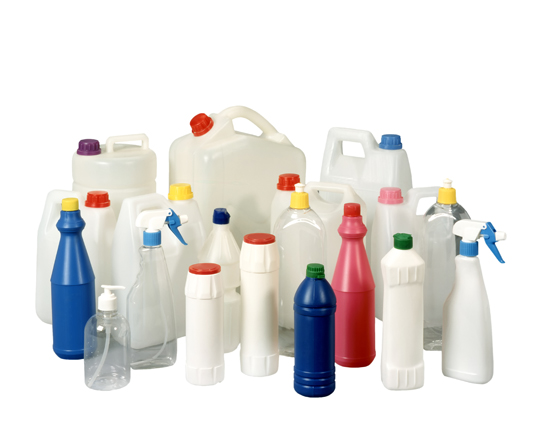The risk of frozen pipes bursting is a very prevalent danger in this time of the year. In areas all around the country, people are reporting that pipes have burst in their homes or offices. It is a horrible process that causes a great amount of damage and costs a lot money to recover from.
However, you can take steps to prevent pipes from bursting in the future. Each of the following steps can pay dividends in helping you know how to prevent pipes from bursting.
Allow Water to Drip
Let faucets drip in different locations of the house. In some areas use the cold faucet, and for others use hot, because they each work through different lines.
The reasoning behind doing this is to allow water to keep flowing. If it stops moving, then the odds of it freezing and bursting increases exponentially.
Turn off Main Water Valve
If temperatures are freezing, turn the main water valve off before leaving the house or going to sleep. It is important to keep an eye on your pipes and temperature in these situations. If you are asleep or away from home and a pipe bursts, then it could result in major flooding problems.
Check for Air Space
Search areas of your home where you have plumbing on the exterior walls. Check for possible sources of air leaks that could cause the pipes to freeze.
To prevent cold air from reaching it, place insulation between the pipes and outside wall of your home. You can also open the cabinets underneath each sink, which can insulate your pipes from the warmer air in your home. This will allow the warm air from your heating system to keep the pipes warmer.
Contact a Plumber
If you do not know where your main water valve is, or have questions on the current state of your pipes, then seek the help of a plumber immediately. They can help fix your pipes before they are tested in freezing temperatures. To find a plumber who fits in your schedule, just use TalkLocal. We will expedite the research and contact process, connecting you directly with the right professional in just minutes.

